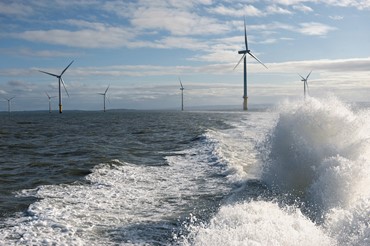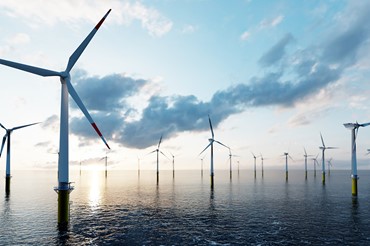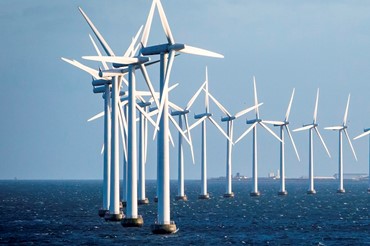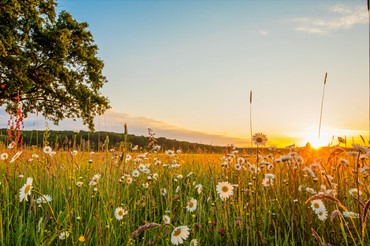Familiar tasks in uncharted waters
NIRAS is a global player regarding offshore consultancy with specialists based in Europe and Asia and is delighted to have been awarded this new assignment by Energinet.
“Although we have more than 25 years of experience with consultancy from the early phase with preliminary studies of the establishment and operations of offshore wind farms, we are really looking forward to this assignment. The project presents new professional challenges with the establishment of an artificial island in addition to offshore wind farms. Detailed environmental studies are required during the next few years, including surveys of marine mammals where porpoises, white-beaked dolphins and common minke whales will be recorded,” Betina Haugaard Heron.
She stresses that the new energy island also represents a series of new challenges:
“The energy island in the North Sea will be located much further away from the coast compared to earlier projects in Denmark, and in an area where the biology has yet to be recorded in as much detail as it has in many other ocean areas.”
The Strategic Environmental Assessment
A key part of the assignment is the preparation of a Strategic Environmental Assessment (SEA) of the plan for the establishment of the energy island, primarily based on existing data and information about environmental conditions, including wildlife.
The purpose is to identify the expected significant environmental impacts of the plan, and to suggest options to mitigate negative impacts. The SEA will be consulted with the public, where the public can comment and contribute on its findings.
The information and assessments in the environmental report, as well as comments made at the hearing, will be taken into account in decisions made by the Danish Energy Agency (the authority responsible for the environmental assessment of the plans for the Energy Island) regarding the specific project to be executed.
NIRAS will, in addition, also draft a report in accordance with regulations in the Environmental Assessment Act, for the Danish Energy Agency to inform their assessment of the plans for the Energy Island.






